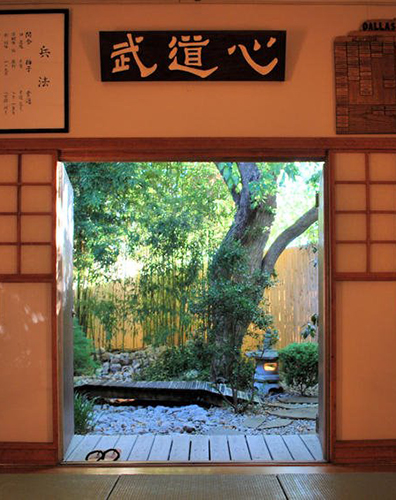77. The "Stopping" Radical: 止
The "stopping" radical 止 has a lot to do with movement!
That's what we find in these interpretations from Henshall's newer edition, which is the source of all etymologies in this Radical Note:
止 (129: to stop; discontinue)
The ancient forms represent a "person's foot." Henshall calls "stop, remain" an extended sense. The character can also indicate action with the feet (i.e., go, move), apparently because of confusion with several other old characters with similar shapes and pronunciations.
歩 (202: to walk; steps; progress; rate)
An old form symbolized "crossroads" with "left foot" and "right foot," all combining to represent "walk."
Photo Credit: Eve Kushner
Our radical is associated even with very specific movements—namely, bowel movements! At least that's true in this image. The top line features 止, and the next line contains 歩. Here's what the sign says:
犬のフン禁止!
Dog Poop Forbidden!
犬 (いぬ: dog); フン* (poop);
禁止 (きんし: ban)
散歩中のフンは後始末をしよう
Let's clean up poop (produced) on walks
散歩中 (さんぽちゅう: while walking);
後始末 (あとしまつ: cleaning up afterward)
The 土庄町 (とのしょちょう), where 庄 is non-Joyo, represents the town of Tonosho on Shodoshima, an island in the Inland Sea.
The Japanese Names of the Radical
The 止 radical takes its Japanese names from the Joyo kun-yomi of the identical kanji:
止 (129: to stop; discontinue)
That is, one can read the kanji as と•める or と•まる and can call the radical とめる or とまる. Those names apply to all six of the Joyo kanji featuring this on-duty radical. You've seen 止 and 歩. Here are the remaining four:
正 (41: right, correct, exact; justice; regular, formal)
歴 (606: history, experience; career; obvious)
武 (781: military, martial arts; warrior; weapon)
歳 (1294: year; age suffix)
If the radical is on the left (which is not true in the six kanji listed above), とめへん works.
The 止 shape essentially stays intact in characters; this four-stroke radical has no variants, though it does look rather squished in 歳 (1294).

Photo Credit: Douglas Johnson
What a lovely set of characters, as well as a gorgeous setting! This is Chito Dojo, Steve Weiss's studio in Duncanville, Texas (United States). As it's a place for studying 武道 (ぶどう: martial arts), the sign says 武道心 (ぶどうしん), meaning the "heart/mind of martial arts."
More Etymologies
Let's examine more etymologies of kanji featuring our radical:
歴 (606: history, experience; career; obvious)
The overall meaning of the old shape was "walk/move at set intervals," especially referring to heavenly bodies. To represent the movement of the sun in particular, the Chinese devised a separate character, 暦 (1927: calendar), at the seal stage. Meanwhile, 歴 came to symbolize "series," a sense that extended to "history; path."
武 (781: military, martial arts; warrior; weapon)
Depending on which scholar's interpretation you choose, the radical in 武 means "footprint," "foot," or "walk." The 止 combines with 戈, "halberd," which may phonetically convey "stride." If so, the whole character could mean "one stride," with military-related meanings being loan usages. Or the entire character might collectively represent "advance with halberds." If so, "warrior" is an extended sense.
歳 (1294: year; age suffix)
The radical means "walk, move," and the remainder is a phonetic with the associated sense "rotation." Thus, the whole character represents "move through rotation from cold to heat," which is to say "one year."
I see nothing but movement in these explanations!
